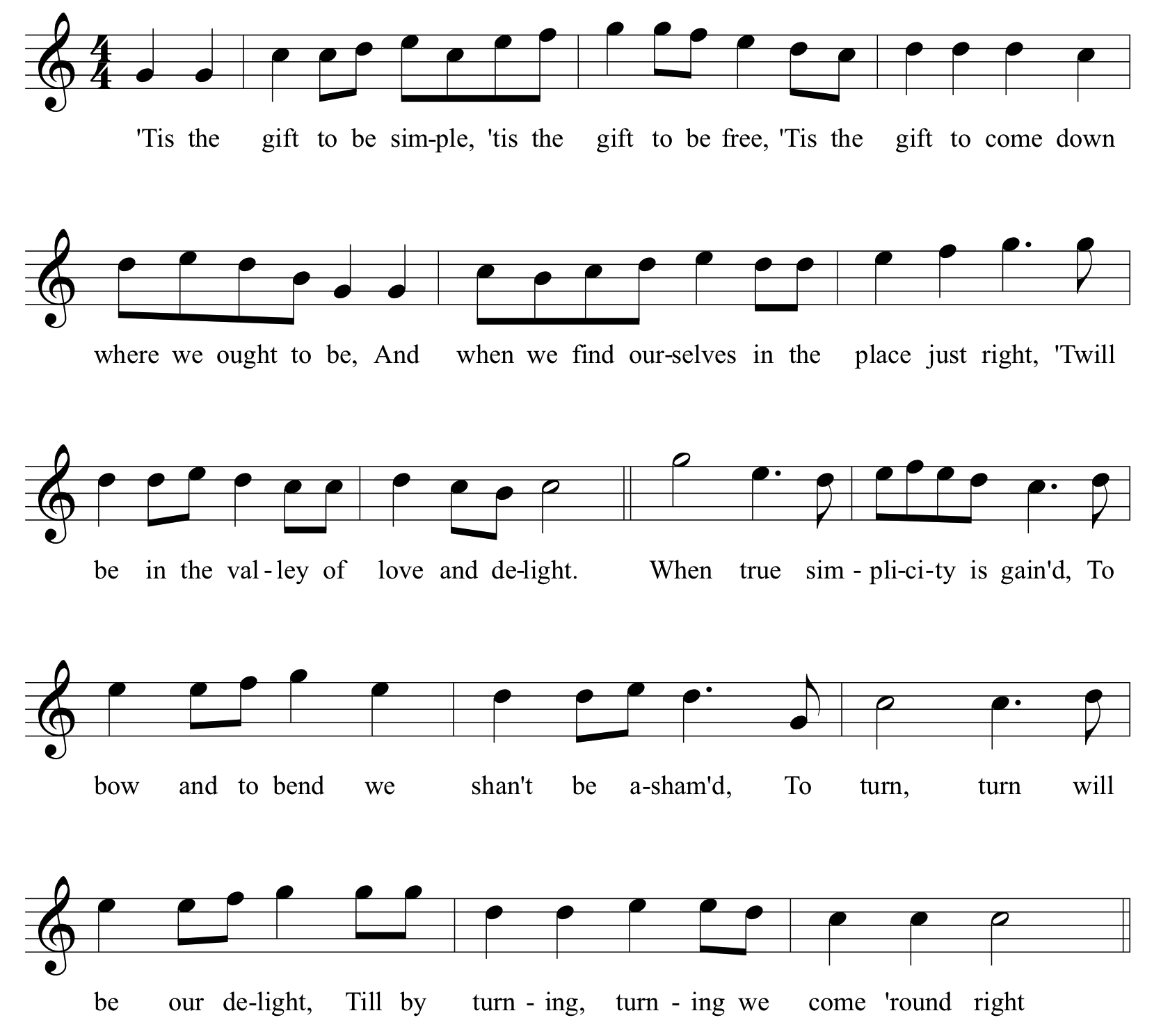Music doesn't have to change chords, but such music is comparatively rare.
Why does most music change chords, why does Amazing Grace change chords?
Amazing Grace is a hymn, and the phrasing of hymns is rooted in classical harmony where cadences typically mark the end of phrases. By definition a cadence requires a two chord movement. So, to the extent that musical phrasing is marked by cadences, a piece of music needs to change chord minimally to end phrases. That is exactly what Amazing Grace does.

Almost the entire melody is based on the G major chord and all the phrases end on some form of the G major chord (blue boxes.) It would seem the whole piece could be harmonized with nothing but a G major chord. But, if we did that, we would have no cadences, no phrases. To form cadences the phrase ending G major chords are preceded by some other chords (red boxes.) In this case the cadences are C to G and D to G or in Roman numerals IV to I and V to I.
I suppose you could try a super-minimal harmonization with just the G chord through out with simple two chord cadences to end the phrases. Whether it works would probably depend on the rhythm pattern used in the accompaniment.


